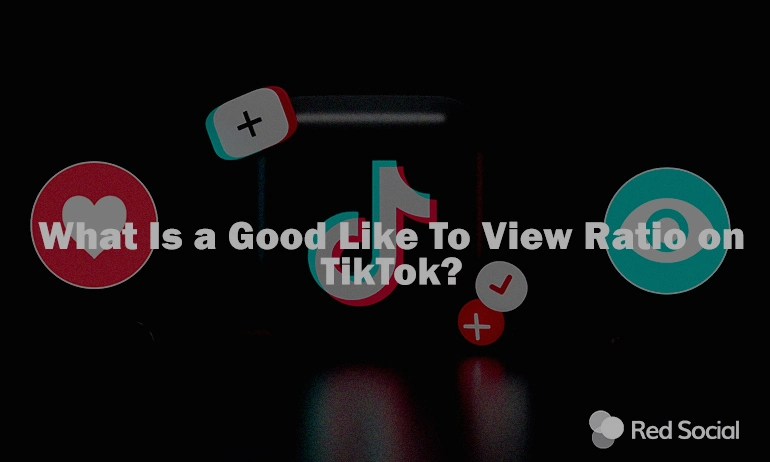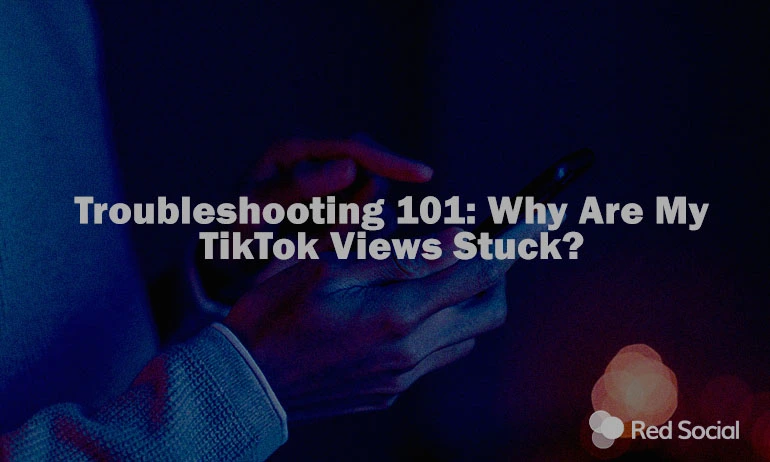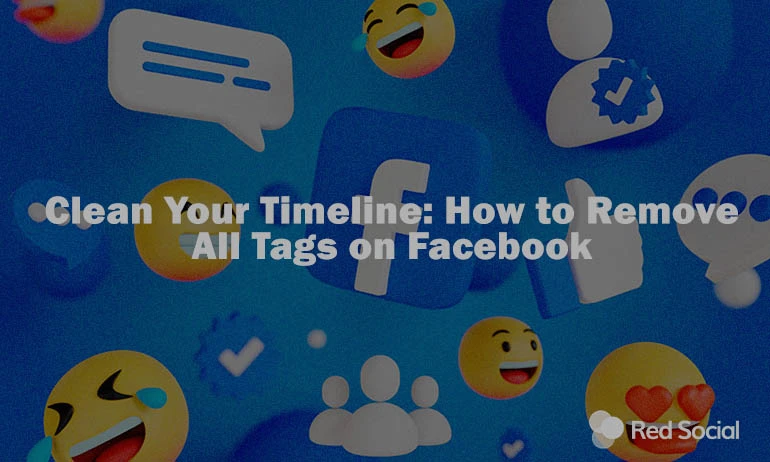TikTok remains the king of engagement among social platforms, presenting an impressive average engagement rate of 4.07% by views. In contrast, Instagram trails with just a 0.70% engagement rate. Despite this high engagement on TikTok, why do some videos with tons of views gather relatively few likes? This puzzle highlights the significance of the like to view ratio, a key metric for assessing how well content connects with audiences. A good like to view ratio on TikTok is important if you want to keep doing well on TikTok. In this article, we’ll help you understand this ratio better so you can know how much your viewers enjoy your videos.
Understanding the Basics

The “like to view ratio” on TikTok is a simple yet powerful metric that measures the percentage of views that convert into likes. Essentially, it is calculated by dividing the number of likes a video receives by the total views and then multiplying by 100 to get a percentage. This ratio is a direct indicator of how much viewers appreciate the content they watch.
Why Is This Ratio Important on TikTok?
On TikTok, the proportion of likes to views is really important for understanding how much people enjoy a video. When this ratio is high, it means a lot of people aren’t just watching the video—they’re liking it too, which shows they really think it’s great. This kind of positive reaction is key because it tells TikTok’s system that this video should be shown to more people. This not only helps the video get more views but also helps the creator become more popular and influential on the platform.
What is Considered a 'Good' Like to View Ratio?
The like to view ratio can vary widely depending on what type of content is being shared and who’s watching it. Generally, hitting a 10% like to view ratio is a good sign of success; it means that for every 100 people who watch the video, at least 10 are liking it. Reaching or going beyond this ratio suggests that the video is not only attractive but also connects with the audience, prompting them to hit the ‘like’ button.
Views vs. Likes: Which is More Important?
Views are the initial indicator of a video’s reach; they show how many times a video has been watched, which is crucial for understanding its initial appeal and visibility. Likes, however, are often considered a more substantial measure of success because they represent a deeper level of viewer engagement. Likes indicate not just passing interest, but active appreciation and endorsement of the content. Both metrics are important: views provide the visibility and opportunity to reach potential likers, while likes demonstrate active engagement. This active engagement is highly valued on TikTok, as it influences the algorithm to promote content more broadly, thereby enhancing its visibility and potential to attract more viewers and followers.

Why a Lot of Views Might not Always Translate into Likes
There are several reasons why a video with many views may not necessarily garner a proportionate number of likes:
- Content Overload: TikTok users encounter an overwhelming amount of content. While a video may hold their attention long enough to be viewed, it might not be engaging enough to prompt a like.
- Casual Browsing: Many people scroll through TikTok without a specific intention to interact deeply. These users might watch a video and find it mildly entertaining, but they often don’t bother to like it.
- Unmet Expectations: If a video fails to live up to what its thumbnail or title promises, viewers may feel disappointed. Even though they watched, their unmet expectations can lead to withholding a like.
- Engagement Fatigue: For users who spend a lot of time on TikTok, the continuous stream of content can lead to a sort of fatigue, making them less likely to engage with likes, even for videos they enjoy.
Evolution of the Like to View Ratio

In TikTok’s earlier days, when the platform was less crowded, viewers were more liberal with likes as they discovered fresh content and creators. This initial generosity gradually shifted as the platform expanded and the sheer volume of available content ballooned. Over time, as with any maturing social platform, users became more discerning in their engagement, refining their preferences and how they choose to interact.
- Algorithm Updates: TikTok consistently updates its algorithm to enhance the user experience and ensure fair engagement. These changes can significantly alter how videos are presented to users, thereby affecting their views and likes. For instance, an update might adjust the algorithm to favor showing videos that are likely to be liked more, thereby influencing the like to view ratios.
- User Behavior: Changes in user behavior also significantly impact this ratio. As users become more accustomed to the platform’s content, their criteria for liking a video may become stricter. Additionally, the way users interact with the app—such as the times they are active, the types of content they prefer, and how they engage with different formats (e.g., live streams versus recorded videos)—can all influence the number of likes a video receives.
- Content Trends: Trends heavily influence like to view ratios. A video aligning with a current trend might experience a surge in likes due to its increased relevance and appeal. On the flip side, videos that don’t align with prevailing trends may see a drop in likes, even if they continue to accumulate views.
Checking Your TikTok Stats
@empath.cass TikTok Analytics 101 …Really putting my metrics on display here😂 tried to fit as many golden nuggets into 1 video. Engagement calculator is at the end & i have a 🔗 for that too #tiktokanalytics #tiktokmetrics #tiktoktipsandtricks #tiktoktips #greenscreen ♬ original sound - Cassandra Marie ☀️🤍
To effectively improve your TikTok presence, it’s essential to understand your current performance by examining your like to view ratio. Here’s how to check your stats and some practical tips to help you boost this crucial metric.
- Access TikTok Analytics: To begin, you’ll need to switch to a Pro Account if you haven’t already. This is free and can be done through your account settings under ‘Manage my account’. Once you have a Pro Account, you will have access to analytics.
- Navigate to Analytics: From your profile page, tap the three dots in the upper right corner to access your settings and privacy menu. Select ‘Creator tools,’ then ‘Analytics.’
- Understand the Metrics: Inside the analytics dashboard, you’ll find various metrics. Focus on the ‘Content’ tab where you can see individual video statistics, including views, likes, and comments, which will help you calculate your like to view ratio.
Tips to Increase Your Like to View Ratio
- Improve Video Quality: Invest in better video production. Good lighting, clear audio, and high-resolution video can make your content more appealing and likable.
- Leverage Trends: Participate in trending challenges and use popular sounds. Trends can significantly increase your content’s reach and the likelihood of getting likes.
- Optimize Posting Times: Analyze your audience’s activity patterns through your analytics and post videos during peak engagement times.
- Encourage Viewer Interaction: End your videos with a call to action, encouraging viewers to like or comment if they enjoyed the content. Engagement prompts can significantly increase interaction.
- Collaborate: Partner with other TikTok creators to tap into their audience and introduce new viewers to your content, potentially increasing both views and likes.
- Regularly Review Analytics: Keep an eye on what works. Continuously analyze the performance of your videos to see which types garner more likes and adjust your content strategy accordingly.
- Boost Your Content: Consider buying views and likes to provide an initial boost to your videos. This can help your content gain early momentum, making it more likely to be picked up by TikTok’s algorithm.
- Reply to All Comments: Make it a priority to respond to every comment on your videos. When you reply, viewers receive a notification, drawing them back to your content to check your response or engage in a conversation. This not only boosts views as they revisit your video, but it can also enhance engagement by fostering an interactive community atmosphere.
Conclusion
To really do well on TikTok, it’s important to try out different ideas to see what your viewers like the most. Each TikTok account is special, so what works for one person might not work for another. You could try making your videos clearer and more fun, joining in on the latest trends, or using TikTok’s features to get people involved.
As you try these things, watch how they change the number of likes and views you get, and make changes if you need to. Keep improving and trying new things based on what your viewers enjoy. Being creative and open to changing your videos is key to keeping your followers interested and engaged. By staying flexible and attentive to what your audience likes, you’ll be better able to keep up with what works best on TikTok. For more detailed strategies and tips on increasing your TikTok viewership, make sure to check out our comprehensive guide that dives deep into proven methods for boosting your views.





